One island, One atoll -known as Fuvahmulah is geography a unique island located in the southern Maldives. Well known and popular for its natural beauty and Historical Landmarks in Fuvahmulah. Recent years, there has been a boom in Fuvahmulah’s local tourism after discovering world renown tiger shark zoo in Fuvahmulah.
Table of Contents
The Ultimate Fuvahmulah Travel Guide
1. Kedeyre Miskiy
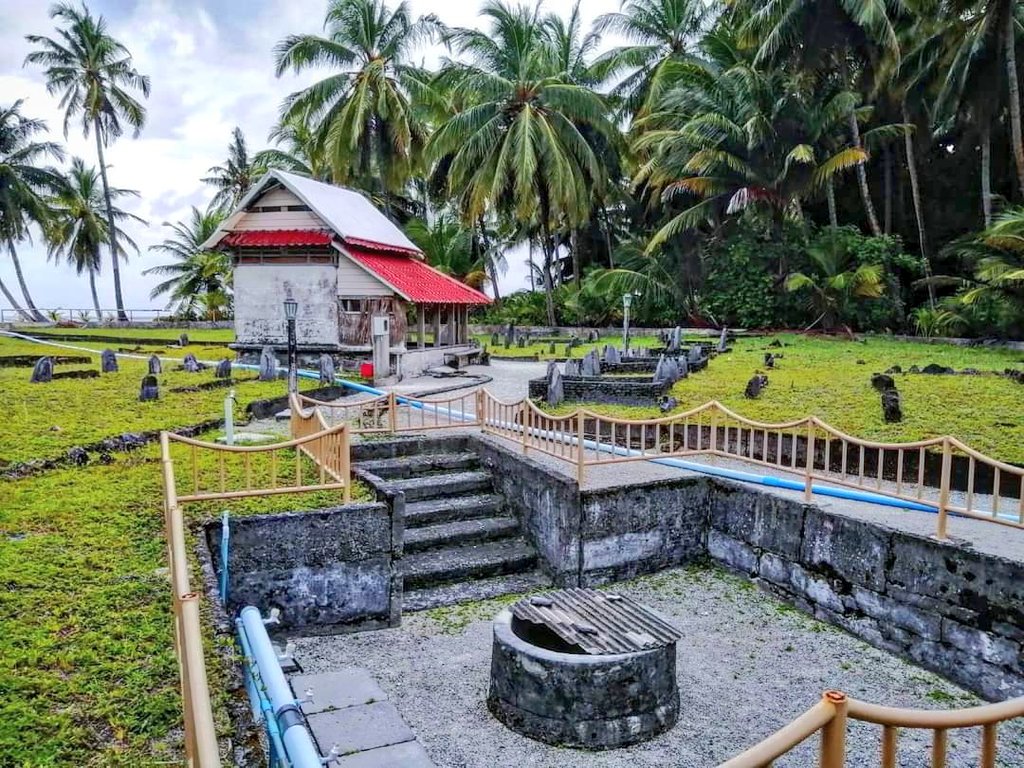
According to local historians Kedeyri Miskiy was bult by a Man named Ali Adarakilegefaanu following after the second depopulation of the Fuvahmulah during the year 1555. But there is no constructive evidence available regarding this claim.
It was built using coral stones as a main building material, similar coral stone mosques are seen in different region of Maldives. Including Male’ hukuru miskiy, Meedhoo old Friday Mosque, Fenfushi mosque, etc. There is a well located just 15 feet away from the mosques, well was also constructed using coral stones. Some believes, originally there was a different Well with different characteristics and it was destroyed by some seasonal pirates and a new well was built in the exact location.
There is a strong belief that the cemetery just next to mosques is the final resting place of the Dhon Siththibu, the first ever female atoll chief of the Maldives. Dhon siththibu lived during the period of Rehendhi Khadheeja, that means, she was ruling the island before the construction of the mosque. In addition, its believed that 40 Haafiz (people who have memorized holy Quran) have been resting in the same cemetery with Dhon Siththibu.
Fuvahmulah Island: Top 10 Fascinating Facts
2. Vasho Veyo
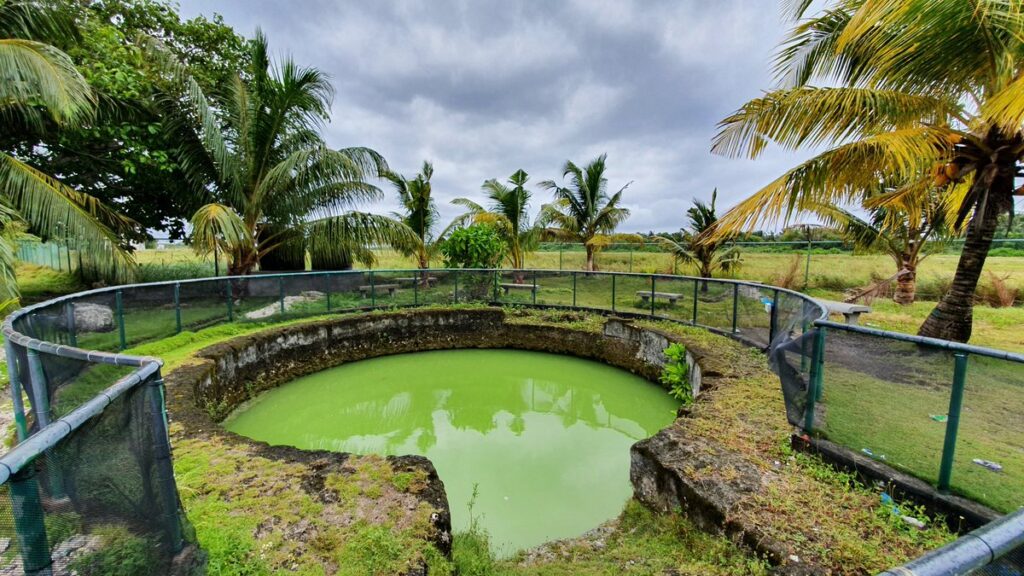
Vasho Veyo is an ancient circular bathing facility skilfully created by local artisans using coral. This antiquated stone reservoir, adorned with stone steps, was formerly utilised by the residents of the region for bathing purposes.
Archaeologists discovered remnants of presumed old Buddhist temples close to the Veyo. Nevertheless, these were promptly destroyed upon their discovery. The region was formerly the location of a mosque that has since been dismantled. This is one of the rare pre-Islamic constructions that is well-preserved in the Maldives. Vasho Veyo is situated in the Dhoondigan district, adjacent to Fuvahmulah City Airport. The historical landmarks of Fuvahmulah City are of great significance.
3. Gehmiskiy
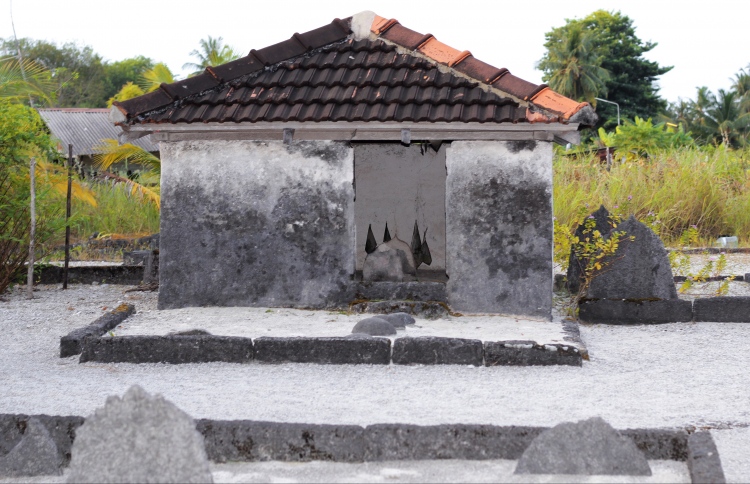
Genmiskiy, the first mosque in Fuvahmulah, one of the significant historical landmarks in Fuvahmulah. It was constructed by Aboobakr Naib Kaleygefaanu, who travelled to the island to persuade the indigenous Buddhist population to embrace Islam. Aboobakr Naib Kaleygefaanu was the descendant of Yahya Naib Kaleygefaanu, who in turn was the descendant of Yoosef Naib Kaleygefaanu, originally from Fuvahmulah. Aboobakr Naib Kaleygefaanu was buried at the mosque he constructed, which holds historical significance.
While the precise date of the Fuvahmulah people’s conversion to Islam is uncertain, it is generally believed that they embraced Islam shortly after the conversion of the Maldives’ ruling King in 1153. Genmiskiy has had the honour of hosting the inaugural Friday prayer and Eid prayer on the island.
The well located within the mosque is renowned for its rejuvenating water. Individuals continue to consume water from it. According to legend, those who consume water from the well are guaranteed to return to Fuvahmulah and will forever hold a deep affection for the island.
According to legend, water taken from each of the four corners of the well has a unique flavour. Nevertheless, this disparity is now not observed.
4. Fua Mulaku Havitta

Fuvahmulah Havitta, also known as Dhadimagi Havitta in historical context, is the remains of a Buddhist chaitya characterised by its dilapidated stupa. The Havitta is located in the northeastern region of Fuvahmulah, Maldives, inside the historic boundaries of the Dhadimagu ward on the island. Since the late 1990s, the Hoadhadu ward has asserted its claim over the area.
When Bell observed the wreckage in 1922, the large Havitta structure stood at around 40 feet tall. Adjacent to the area, there was a tiny elevation of around 15 feet in height. By 1982, the shapes of the artefacts had already been destroyed due to the reckless excavations carried out in the 1940s, either in pursuit of valuable items or due to poorly executed research efforts, as reported by the islanders.
H.C.P.Bell’s Final Visit
In 1922, H. C. P. Bell, who had previously visited the Maldives in 1879 and 1920, made a final trip to the islands with the explicit goal of definitively determining whether Buddhism had been the religion of the islanders before their conversion to Islam in 1153 A.D. In February 1922, he journeyed to Fuvahmulah and conducted a cursory examination of the remnants of the Havitta.
Nevertheless, he remained on the island for a mere half day, refraining from doing any excavations. Bell’s comprehensive findings on the 1922 voyage, which were published between 1922 and 1935 in the Journals of Royal Asiatic Society, and later as a book in 1940 after his death, establish a connection between the pre-Islamic Buddhist monuments in the Maldives, such as the Havitta, and those found in neighbouring Sri Lanka.
Bell was greatly impressed by the striking similarity between the Havitta and the dagabas he had seen before in Anuradhapura. Bell’s expeditions are the sole instances of professional archaeological digs ever carried out in the Maldivian Archipelago. As part of these explorations, Bell also travelled to several other islands.
Thor Heyerdahl visit to Fuvahmulah
In November 1982, the Norwegian explorer Thor Heyerdahl also visited Havitta. However, he was not granted permission to do excavation work because the site had already been damaged by unprofessional digging following Bell’s visit.
Heyerdahl and his companions discovered stone fragments that had fallen from previous structures, leading him to believe that there may have been a pre-Buddhist sacred building in the same location. In addition, they uncovered two other mounds nearby, but somewhat smaller in size. The islanders appeared to be unaware of the existence of the smallest one in 1982.
5. Historical Landmarks in Fuvahmulah: Bodumas Graveyard
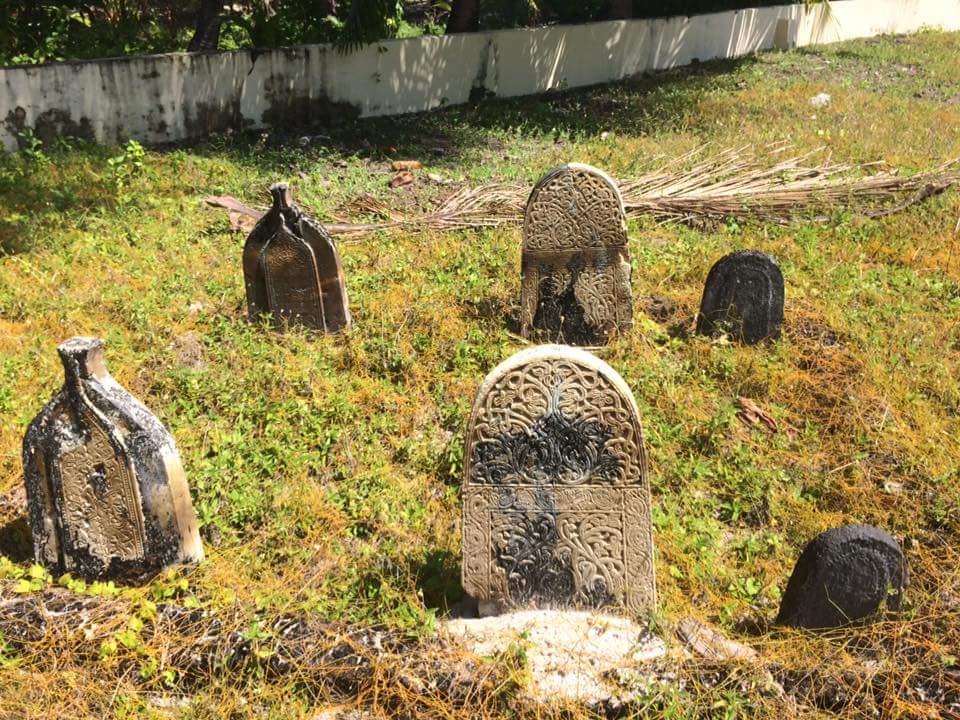
Bodumas Graveyard is an ancient cemetery situated on the eastern side of Fuvahmulah. This graveyard is considered to be one of the oldest on the island and it has ancient tombstones and burial sites. The cemetery possesses cultural and historical importance and is frequently frequented by both residents and tourists who are intrigued by the island’s history.
6. Historical Landmarks in Fuvahmulah: Old Harbour
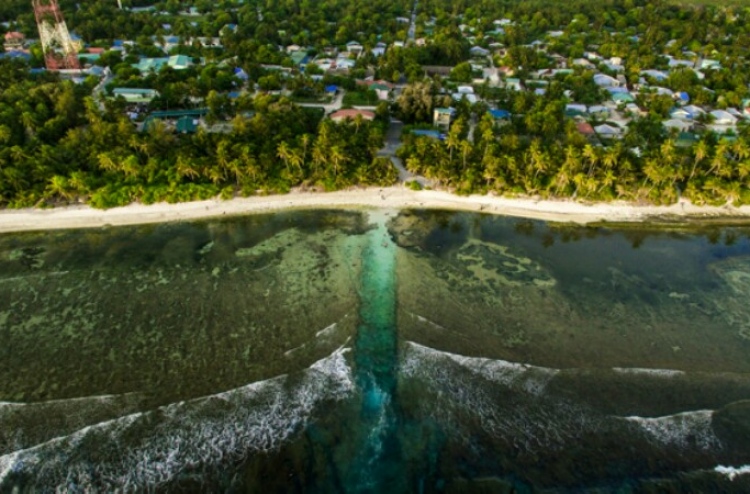
The Old Harbour of Fuvahmulah is a significant historical landmarks in Fuvahmulah that is worth exploring. This historic port played an important part as a central point for commerce and seafaring endeavours in previous times. While the Old Harbour is no longer actively utilised, it offers valuable insights into Fuvahmulah’s nautical past and its significance as a commerce hub in the area.
Fuvahmulah is home to several mosques, including some that hold historical importance, such as the Old Mosque and Islamic Cemetery. The Old Mosque, sometimes referred to as Hafizuddin Mosque, is among the most ancient mosques situated on the island and possesses significant cultural and religious significance. The Islamic cemetery, located next to the mosque, serves as the final resting place for numerous prominent people from Fuvahmulah’s history.


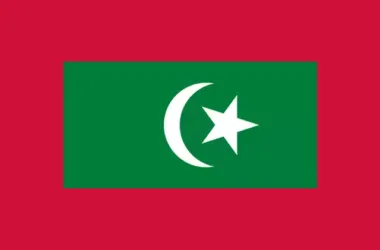









2 thoughts on “6 Historical Landmarks in Fuvahmulah, Maldives ”
Comments are closed.